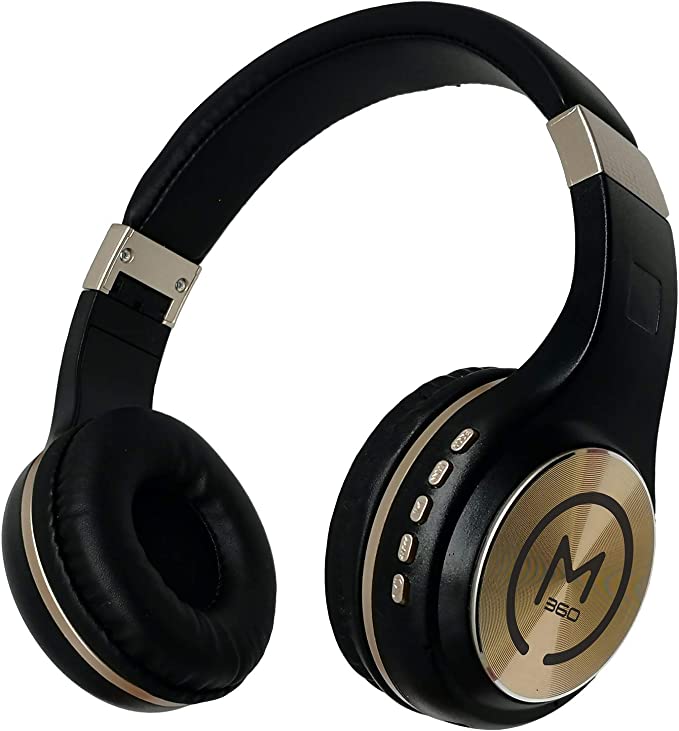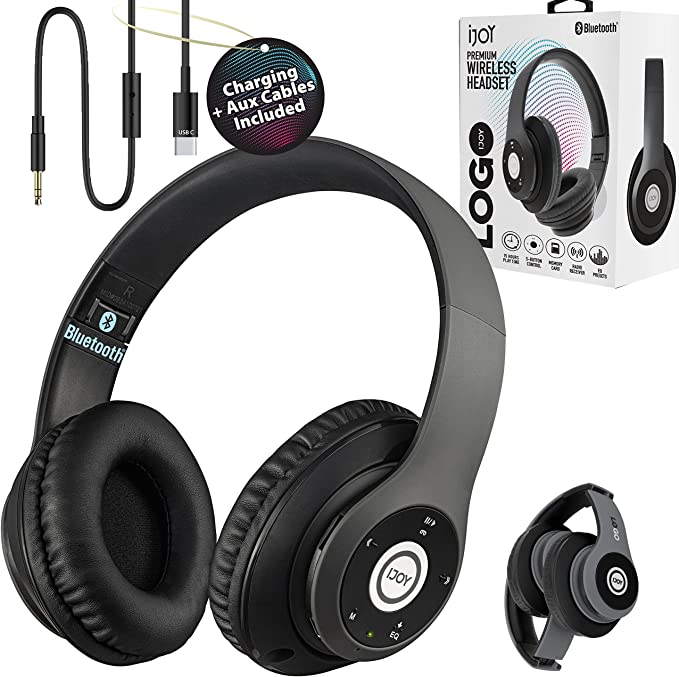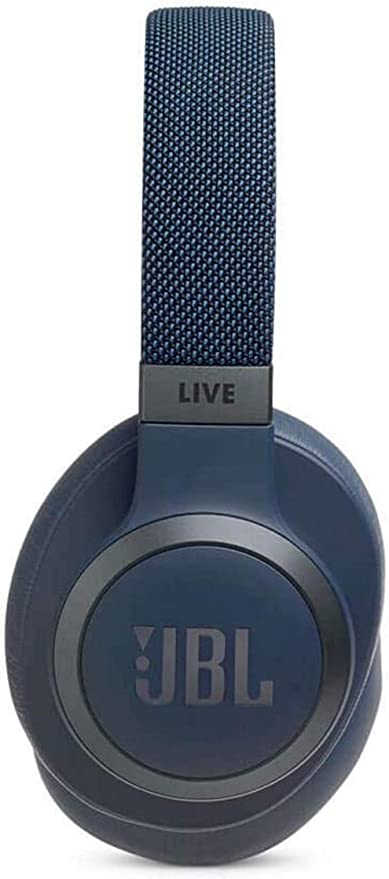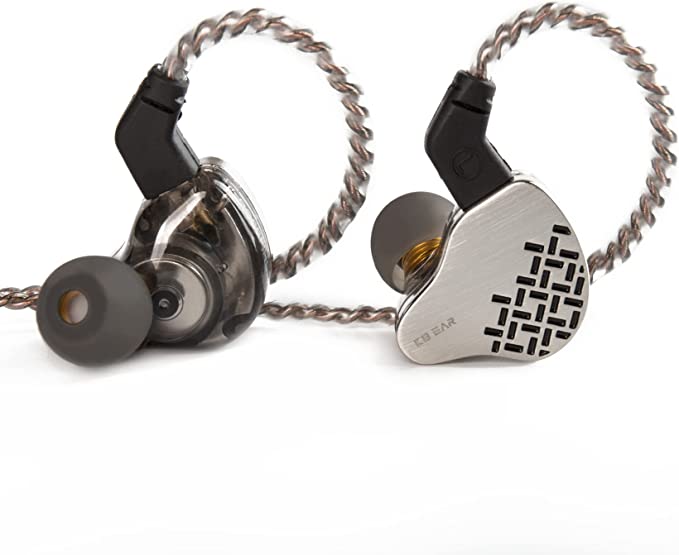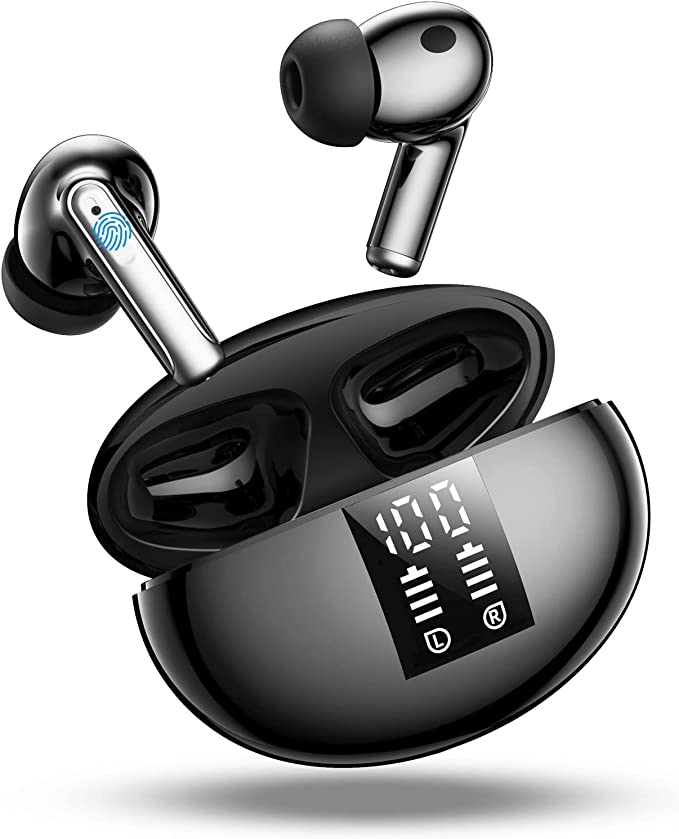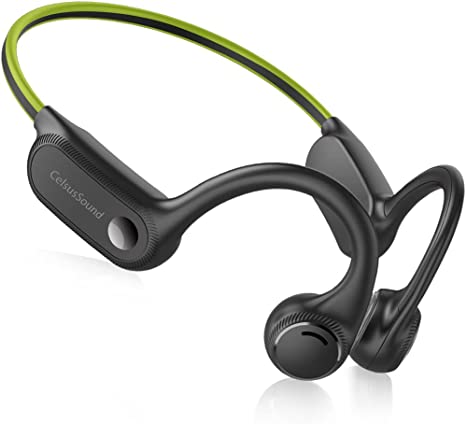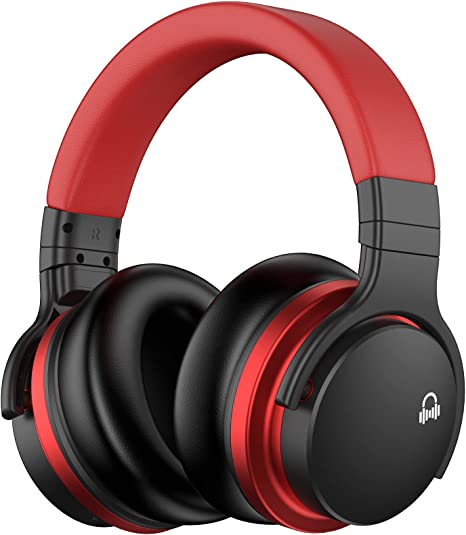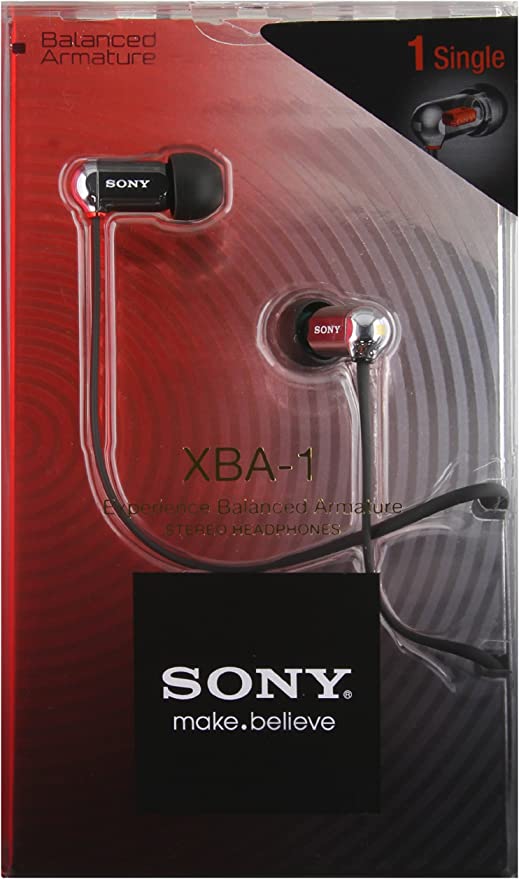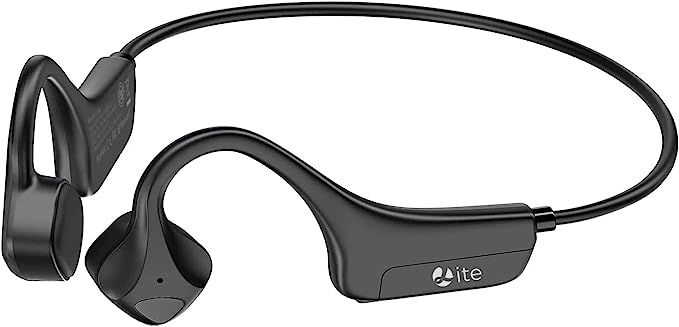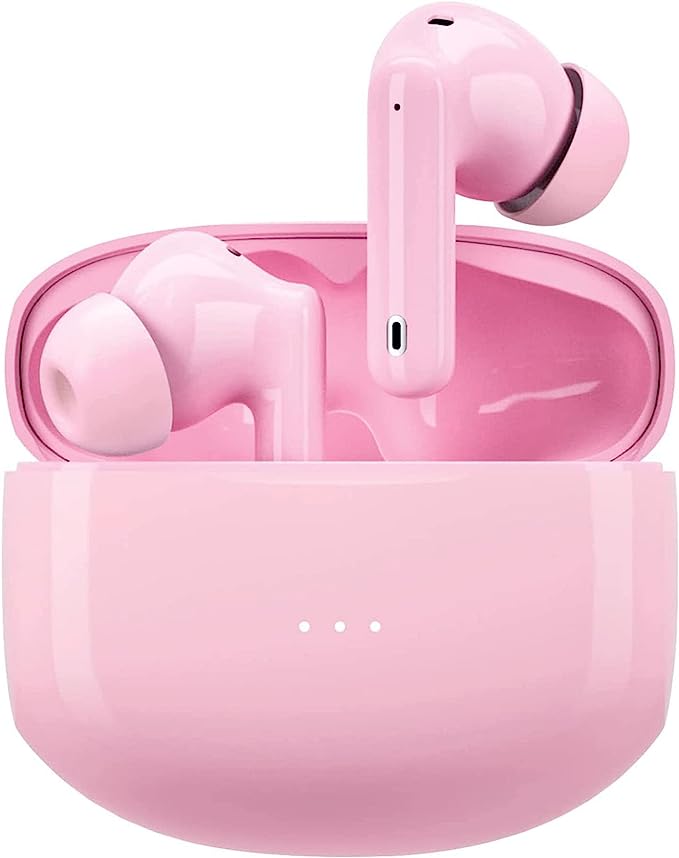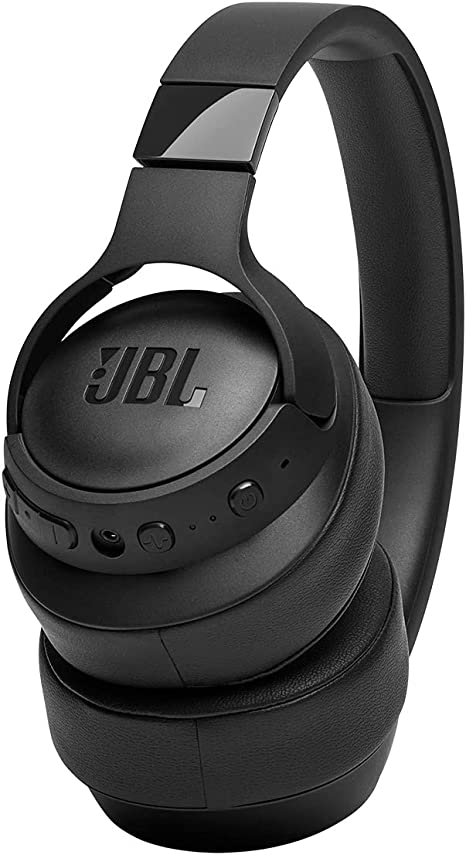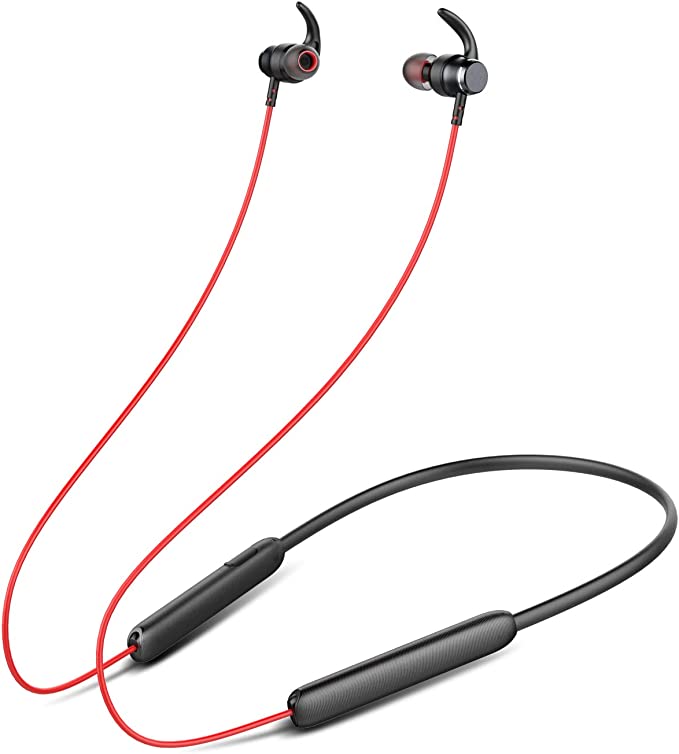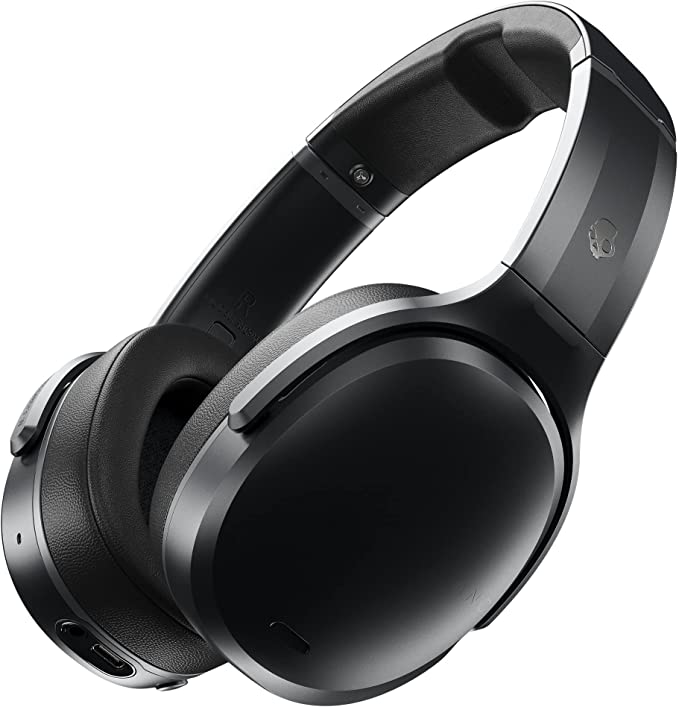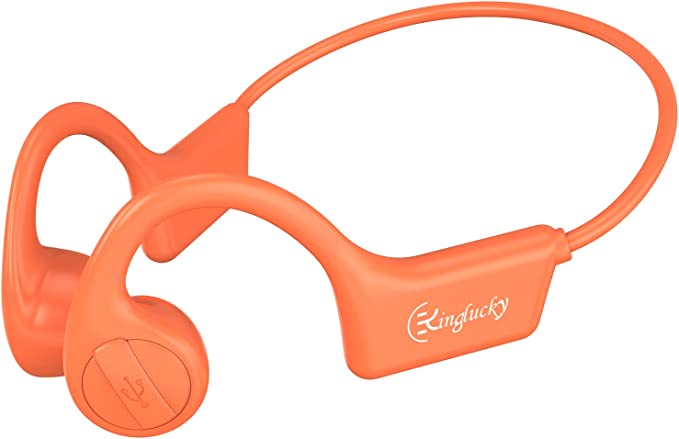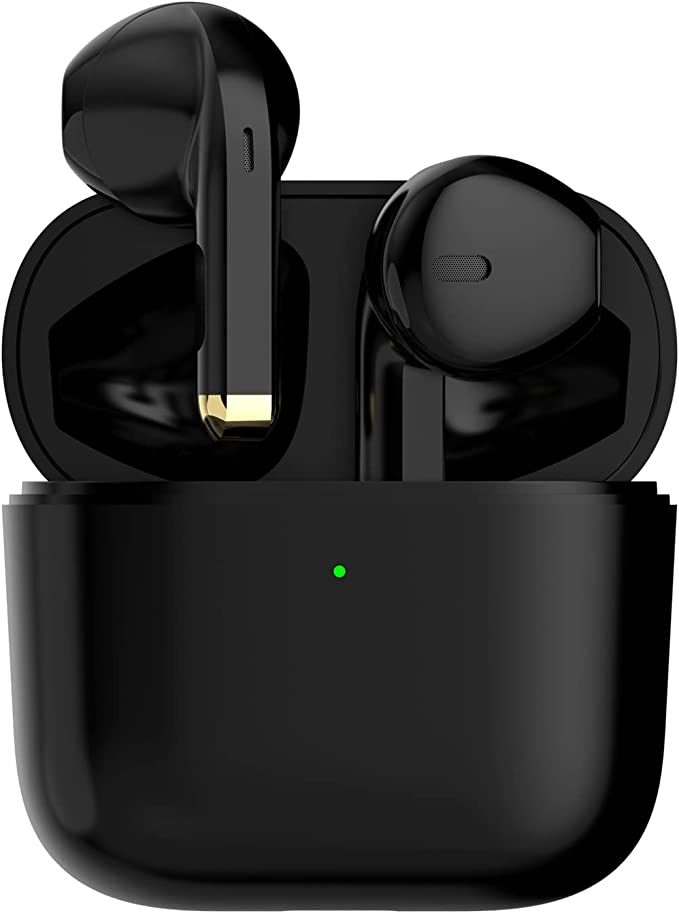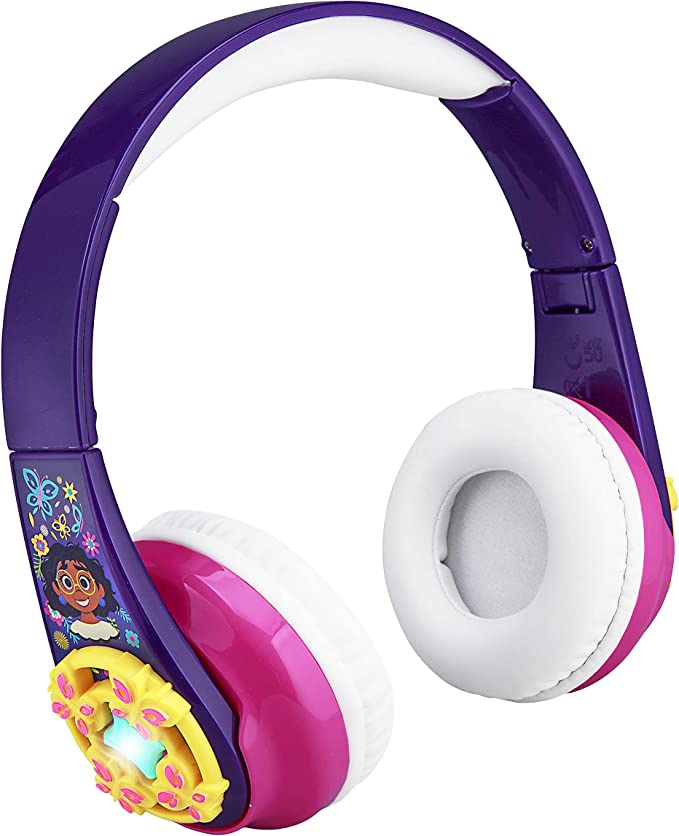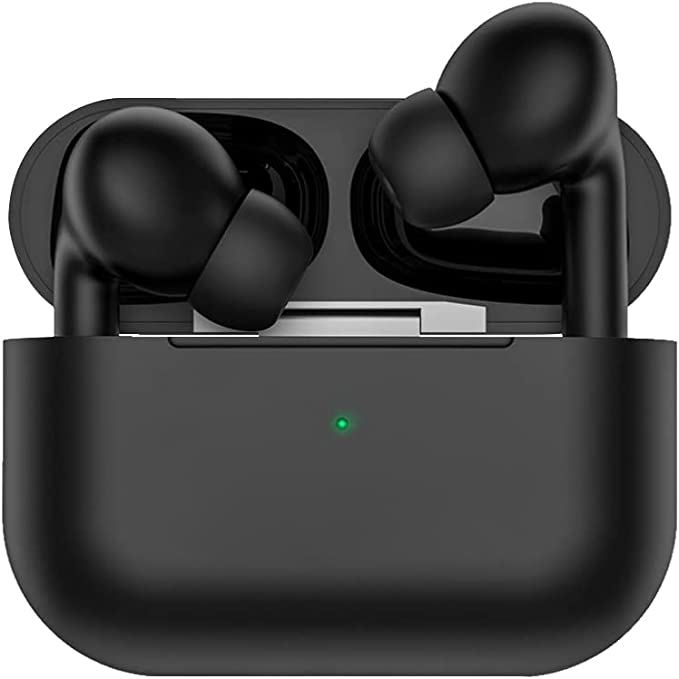Meseto P80X Unveiled: The Science Behind Your Wireless Listening Experience
Update on May 29, 2025, 1:16 p.m.
In the grand symphony of our daily lives, a rich tapestry woven from the roar of cityscapes, the murmur of conversations, and the curated soundtracks of our personal worlds, headphones have become far more than mere accessories. They are our portals to focus, our cocoons of tranquility, and our conduits to connection. Today, we embark on an exploratory journey, using the Meseto P80X Wireless Headphones as our lens, to peer into the fascinating science and thoughtful engineering that make such immersive personal audio experiences possible. Our exploration will draw primarily from the publicly available information for this model, enriched by foundational scientific principles and the broader context of audio technology.

The Architecture of Comfort – More Than Just a Fit
Imagine settling in for a long-haul flight, or perhaps an extended work-from-home session where focus is paramount. In these moments, the physical presence of your headphones is as critical as their acoustic performance. The Meseto P80X highlights its “Professional and comfy memory Protein Earpad” and an adjustable headband, but what science underpins this comfort?
The star here is often memory foam, or more technically, viscoelastic polyurethane foam. Think of it as a microscopic network of tiny, interconnected cells. When you press into it, air slowly moves between these cells, allowing the foam to gently yield and conform precisely to the unique contours around your ears. This isn’t just about softness; it’s about pressure distribution. Instead of a few hard contact points, the force is spread out, significantly reducing the likelihood of soreness during those marathon listening sessions. The “protein leather” encasing this foam is typically a high-grade synthetic polyurethane material, chosen for its soft touch against the skin, breathability to a certain extent, and resistance to wear and tear.
But earpads are only half the story. The biomechanics of headphone fit also involve the headband’s clamping force and weight distribution. An ideal fit, like that sought by the P80X’s adjustable design, ensures the headphones stay securely in place without exerting excessive pressure, a delicate balance crucial for long-term comfort. It also contributes to passive noise isolation by creating a good seal. Speaking of long sessions, the Meseto P80X product information thoughtfully includes a “Gentle Reminder: please take off the headphone every 2-3 hrs to get your ears relax.” This is sound advice, rooted in physiology. Continuous pressure can restrict blood flow and ventilation to the outer ear, leading to discomfort. Regular breaks allow tissues to recover and prevent ear fatigue.
Did you know? Early headphone designs were often bulky and purely utilitarian. The journey towards today’s ergonomic marvels reflects decades of research in materials science and human factors engineering, all aimed at making our extended listening as pleasant as possible. As an expert tip, when choosing any over-ear headphones, pay attention to the earcup shape (oval is often more anatomical than perfectly round) and the depth of the earcups to ensure your ears aren’t pressed against the inner driver plate.

The Heartbeat of Sound – Decoding the 40mm Drivers
Let’s transition from the physical to the auditory. Picture yourself enveloped by the soaring strings of your favorite orchestral piece, or feeling the satisfying thump of the bassline in a high-energy electronic track. The Meseto P80X stakes its claim on delivering “Hi-Fi Audio Sound & Strong Bass,” attributed to its “Proprietary 40mm Large-aperture Drivers.”
What exactly is “Hi-Fi” or High-Fidelity? Historically, it emerged as a term to distinguish audio equipment that could reproduce sound with minimal distortion and a flat, accurate frequency response, closely mirroring the original recording. While the P80X page doesn’t provide specific metrics like Total Harmonic Distortion (THD) or a detailed frequency response graph, the aspiration is clear.
The driver is the veritable engine of your headphones. In most headphones like the P80X, these are dynamic drivers. Imagine a miniature loudspeaker: a voice coil (a coil of fine wire) is attached to a diaphragm (a thin, cone-like membrane) and suspended within a magnetic field created by a permanent magnet (often powerful neodymium magnets in modern designs). When an audio signal (an electrical current) flows through the voice coil, it creates a fluctuating magnetic field that interacts with the permanent magnet’s field, causing the voice coil and the attached diaphragm to vibrate rapidly. These vibrations create pressure waves in the air – the sound you hear.
The “40mm” refers to the diameter of the diaphragm. Generally, a larger diaphragm can move a greater volume of air. This is particularly advantageous for reproducing lower frequencies (bass), which consist of longer, slower sound waves requiring more significant air displacement to be perceived with impact. A “large-aperture” design might imply that the diaphragm has ample room to oscillate freely and accurately, crucial for minimizing distortion and achieving both crisp highs and that “deep, accurate bass response.” The materials used for these diaphragms are also critical – often lightweight yet rigid plastics like PET (Polyethylene terephthalate) or PEN (Polyethylene naphthalate), sometimes coated or layered to optimize stiffness and damping for a balanced sound.
This technology aims to translate into a richer, more detailed, and powerful listening experience for the user. And for moments when you might prefer an analog connection, or if the battery runs low (though we’ll get to its impressive stamina), the P80X offers a 3.5mm audio cable. A wired connection can bypass Bluetooth audio compression, potentially offer zero latency (critical for musicians or competitive gamers), and, in some cases, deliver a subtly different sonic character that some audiophiles prefer.

Crafting Your Cone of Silence – The Magic of Active Noise Cancellation
Imagine stepping from a clamorous city street into a serene library, or trying to concentrate in a bustling open-plan office. This desire for personal auditory space is where Active Noise Cancellation (ANC) comes into play, a prominent feature of the Meseto P80X.
Noise, especially persistent, low-frequency hums like airplane engines, train rumble, or air conditioning units, isn’t just annoying; it can be mentally fatiguing and force us to crank up music volume to unsafe levels. ANC offers an ingenious solution: it essentially fights sound with sound. The core principle is destructive interference. Think of two identical ripples meeting on the surface of a pond; if one is a crest and the other is a trough of the same size, they cancel each other out, leaving the water momentarily flat.
Here’s how it generally works in ANC headphones:
- Detection: Tiny microphones (one or more per earcup) are strategically placed to “listen” to the ambient noise in your surroundings.
- Processing: Specialized electronic circuitry, often a dedicated Digital Signal Processor (DSP), instantly analyzes the incoming noise waveform.
- Cancellation: This circuitry then generates a new sound wave that is an exact mirror image of the noise – 180 degrees out of phase, or “anti-noise.”
- Delivery: This anti-noise is played through the headphone’s main drivers, along with your desired audio. When the original ambient noise and the generated anti-noise reach your eardrum, they effectively neutralize each other.
Little known fact: The concept of ANC isn’t brand new! It was pioneered by Dr. Amar Bose in the late 1970s, initially for protecting pilots’ hearing from deafening cockpit noise, before eventually making its way into consumer headphones decades later.
The benefits of effective ANC are manifold. It allows for a more immersive listening experience, enabling you to hear finer details in your music or podcasts even at lower, safer volumes. This is a significant boon for hearing health. It also fosters concentration and can reduce travel-related stress. While ANC is most effective against constant, low-frequency sounds, its performance against sudden, irregular noises (like speech) can vary. User feedback for the P80X often highlights the noticeable reduction in ambient noise, contributing to a more focused and enjoyable audio session.

The Unseen Marathoner – Powering 60 Hours of Play
One of the most practical and lauded features of modern wireless headphones is extended battery life, and the Meseto P80X boasts an impressive “up to 60 hours playtime” (with variations like “40 hours game time / 60 hours call time” also noted). This kind of endurance transforms the user experience, freeing us from the constant ritual of daily charging.
The hero behind this stamina is almost universally the Lithium-Ion (Li-ion) battery. These marvels of electrochemistry dominate portable electronics due to their high energy density – meaning they can store a lot of energy in a relatively small and lightweight package. They also suffer less from the “memory effect” that plagued older battery technologies and have a reasonably slow self-discharge rate when not in use.
However, achieving such long playtimes isn’t just about cramming in the biggest possible battery (measured in milliampere-hours, or mAh). It’s a holistic engineering challenge involving:
- Efficient Power Management ICs (PMICs): These sophisticated chips meticulously control power flow, minimizing waste during operation and standby.
- Bluetooth Low Energy (BLE) Aspects: While primary audio streaming uses Bluetooth Classic, modern chipsets incorporate BLE features for functions like pairing and status updates, sipping power frugally.
- Efficient Amplifier Design: The internal amplifiers that drive the headphone speakers are designed to be as power-efficient as possible without compromising audio output.
- Codec Efficiency: The choice of Bluetooth audio codec (the software that compresses and decompresses audio data) can also impact power consumption, though this detail isn’t specified for the P80X.
It’s important to understand that battery life claims are typically based on specific testing conditions (e.g., moderate volume, ANC off or on, specific codec). Real-world usage – higher volumes, consistent ANC activation, a less efficient Bluetooth connection, or extreme temperatures – can naturally lead to variations. Nevertheless, a 60-hour benchmark, as claimed by Meseto, translates to potentially a full week of typical daily commutes and work listening for many users, significantly reducing “battery anxiety” and enhancing the sheer convenience of wireless audio.
Being Heard – The Science of Clear Communication
In our hyper-connected world, headphones are frequently our primary tools for voice communication – from critical business calls on Microsoft Teams to casual catch-ups with loved ones. The Meseto P80X addresses this with a dual approach: a “Detachable Microphone” and a “build in microphone.”
How do these tiny components capture your voice with clarity? Most headphone microphones are electret condenser microphones. They work by using a permanently charged diaphragm that vibrates in response to sound waves. These vibrations change the capacitance between the diaphragm and a backplate, which is then converted into an electrical audio signal.
The detachable boom microphone offers a distinct advantage due to simple physics: proximity and directionality. Being positioned closer to your mouth, it captures a stronger, more direct voice signal relative to ambient noise. Many boom mics also employ a cardioid pickup pattern. Imagine the microphone is most sensitive to sound directly in front of it (your voice) and significantly less sensitive to sounds from the sides and rear (background noise). This inherent directionality is a first line of defense against unwanted sounds.
The built-in microphone(s) offer convenience – you don’t have to attach anything. However, being further from the mouth, they face a tougher challenge in isolating your voice. To compensate, headphones with built-in mics often rely on multiple microphones and sophisticated Digital Signal Processing (DSP). This can include:
- Beamforming: Using an array of microphones to create a focused “listening beam” towards the user’s mouth.
- Noise Suppression Algorithms: Software like Qualcomm’s cVc (Clear Voice Capture) or generic Environmental Noise Cancellation (ENC) actively identifies and reduces non-speech sounds.
User experiences with the P80X’s microphone, as gleaned from reviews, appear varied. Some users report “super clear voice,” while others found it “muffled.” This variability can stem from many factors: the specific environment’s noise profile, the software or app being used for the call, Bluetooth connection quality, and even the specific microphone element’s performance in a given unit. The detachable boom mic, in principle, should offer more consistent clarity for dedicated voice applications.
A Splash of Light, A Fold of Convenience – Design Details
Beyond the core auditory and communication functions, modern headphones often incorporate features that enhance aesthetics, personalization, or practicality. The Meseto P80X includes “Dream-Color LED” accents and a “Foldable Design.”
The LED lighting on the earcups, offering seven colors, is primarily an aesthetic choice, contributing to what the product page calls an “understated luxury” or enhancing the “gaming atmosphere.” While LEDs (Light Emitting Diodes) themselves are wonders of semiconductor physics (efficiently converting electricity to light), their role here is more about psychological impact – creating a mood, personalizing the device, or aligning with a gaming setup’s visual theme. Their power consumption is generally minimal and unlikely to significantly dent that long battery life.
The foldable design directly addresses user convenience, particularly for travel or storage. The engineering here involves designing robust hinges and swivel mechanisms that can withstand repeated folding and unfolding without compromising structural integrity or developing looseness. Materials choice for these moving parts is crucial, balancing lightness with durability. This seemingly simple feature greatly enhances the P80X’s utility as a portable audio companion, easily tucked away in a bag when not in use.
Conclusion: Beyond the Specs – An Informed Appreciation for Your Audio Companion
Our journey through the Meseto P80X has, I hope, illuminated the remarkable confluence of physics, materials science, electrical engineering, and psychoacoustics that resides within a seemingly straightforward pair of wireless headphones. From the viscoelastic dance of memory foam molecules ensuring comfort, to the precise electromechanical symphony of the 40mm drivers converting signals into sound, and the subtle war waged by ANC against unwanted noise through wave interference – every feature is a testament to human ingenuity.
The extended battery life speaks to advancements in energy storage and power management, while the microphone systems reflect our ongoing quest for clear, untethered communication. Even features like LED lighting and foldable designs are thoughtful additions that cater to our desires for personalization and practicality.
The world of personal audio technology is constantly evolving. We’re seeing trends towards even smarter noise cancellation powered by AI, more sustainable and repairable designs, and audio experiences that blur the lines between the real and virtual. As consumers and technology enthusiasts, understanding the science behind these devices doesn’t just satisfy curiosity; it empowers us to make more informed choices, to appreciate the intricate engineering involved, and to truly value the rich auditory experiences that products like the Meseto P80X strive to deliver. May your listening always be comfortable, clear, and captivating.
